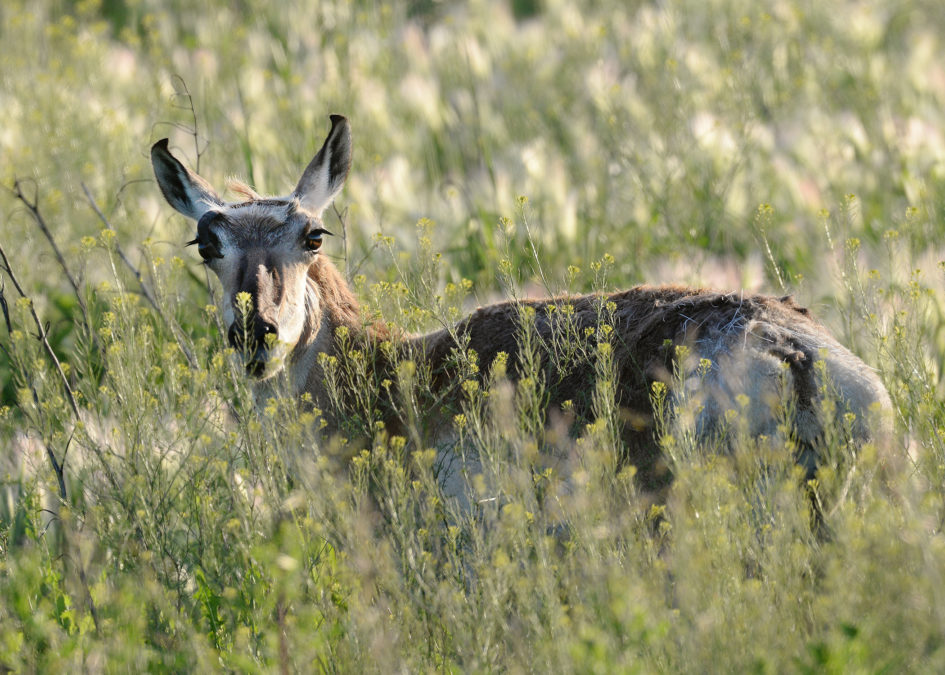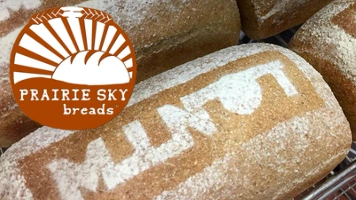Last week I covered some highlights from the 2015 outdoors scene with a look at pheasant and sharp-tailed grouse populations, plus record fishing license sales.
While these were some of the many positive outdoor stories from the past year, there’s seldom a year of “perfect” conditions when most or all species are trending higher across the board.
For example, excessive spring rains may be good for waterfowl and fish, but too much moisture couple with cool temperatures can be detrimental to upland game nesting efforts and chick survival.
A winter of minimal snow and warmer temperatures like last year may be preferred for pheasants and deer, but winter moisture provides spring runoff that may be good for fish spawning, and also recharges wetlands for waterfowl.
As we head into 2016, deer and pronghorn populations are at a different stage than fish and most game birds.
Instead of record numbers, for the 2015 hunting season, the North Dakota Game and Fish Department made 43,275 licenses available to deer gun hunters, 4,725 fewer than 2014 and the lowest number since 1978.
That followed statewide hunter success of 60 percent in 2014, which is slightly higher than 2013 (55 percent), but was still well below the Department’s goal of 70 percent.
The lack of snow last winter did give Game and Fish Department biologists optimism for higher overall winter survival rates and more healthy fawns born in spring. There are portions of the state where deer populations appear to have responded well to milder winters and reduced license numbers for antlerless deer.
Mule deer in particular have experienced steady population gains over the past few years, and big game biologists and wildlife managers are hoping the bottom is behind us for white-tailed deer as well.
What’s ahead for 2016?
Hunters need to remember, however, that milder winters are just one part of the equation. North Dakota simply has less habitat for wildlife than it did 10 years ago and so it’s unrealistic to expect rapid population growth. But there is hope for better years ahead.
The archery deer season just wrapped up, so the deer gun, archery and muzzleloader season surveys are now underway, and the statistical assessment of the 2015 season won’t be available until early spring. Improved hunter success in 2015 success would be an indicator of better deer numbers ahead and perhaps more opportunity in 2016.
Pronghorn Status
Aerial survey results from July 2015 indicated that recovery of the state’s pronghorn population remains a slow process.
The survey revealed that the number of pronghorn in the state declined slightly from last year, with overall fawn production at 52 fawns per 100 does, which is below the long-term average. Potential causes for the decline include a cold and wet fawning season, and multiple hail storms in extreme southwestern North Dakota.
Although overall numbers declined, pronghorn numbers in three units remained the same or increased from 2014. These units also had high buck-to-doe ratios, allowing for some pronghorn licenses, while still encouraging overall population growth.
Statewide, pronghorn numbers were 45 percent higher than the recent low reached in 2012, but were still nearly 60 percent below near-record numbers in 2008.
Game and Fish offered a limited season for a second consecutive year, with 410 any-pronghorn licenses.
What’s ahead for 2016?
No different than pheasants or deer, it’s hard to predict how the pronghorn population will fare in 2016. With a relatively mild start to winter, and long-range predictions that it may stay that way, there’s guarded optimism. But over time we’ve all learned that with nature, there’s never a sure thing.



